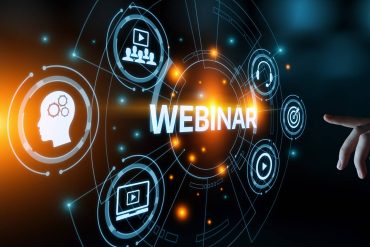
Introducing QME – A New Standard for Seismographic and Environmental Monitoring
Data Acquisition
Featuring Dr. Mathias Franke, Kinemetrics, Inc.
Seismographic networks frequently incorporate the acquisition of related data sources. For example, the Global Seismographic Network combines data acquired from infrasound and meteorological sensors. The physical connection of multiple data sources to data acquisition equipment requires significant systems engineering to mitigate conditions that compromise the quality of acquired data
However, geophysical and environmental sensors are not physically co-located, resulting in wiring, which must be protected against physical damage.
The Q8 data acquisition system integrates additional data sources using low-power wireless transmission from multiple nodes via a secure, error-correcting protocol. This ensures precise timing in each node and allows nodes to “relay” traffic in a mesh topology.
Eliminating physical connections enables the placement of sensors for additional data (e.g., weather stations, magnetometers, etc.) in their optimal physical location away from local interference. Supporting up to 16 channels of information from up to 8 QME (Quanterra Mesh Extension) nodes at up to 1 sample/sec, the Q8 changes the standard for implementation of remote and distributed systems.
In this live webinar and Q&A session, Dr. Mathias Franke will describe the features of the QME, and provide understanding of how this technological advancement changes the standards for implementation of seismological and environmental sensors.
